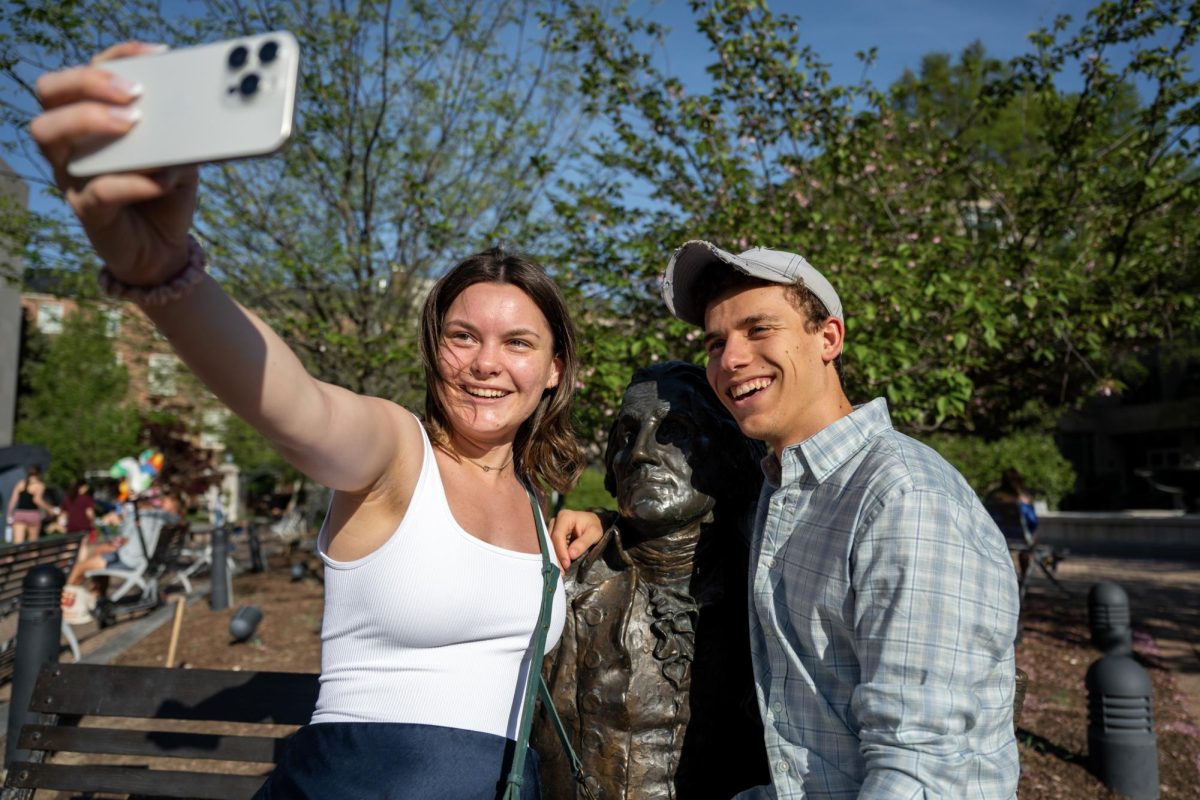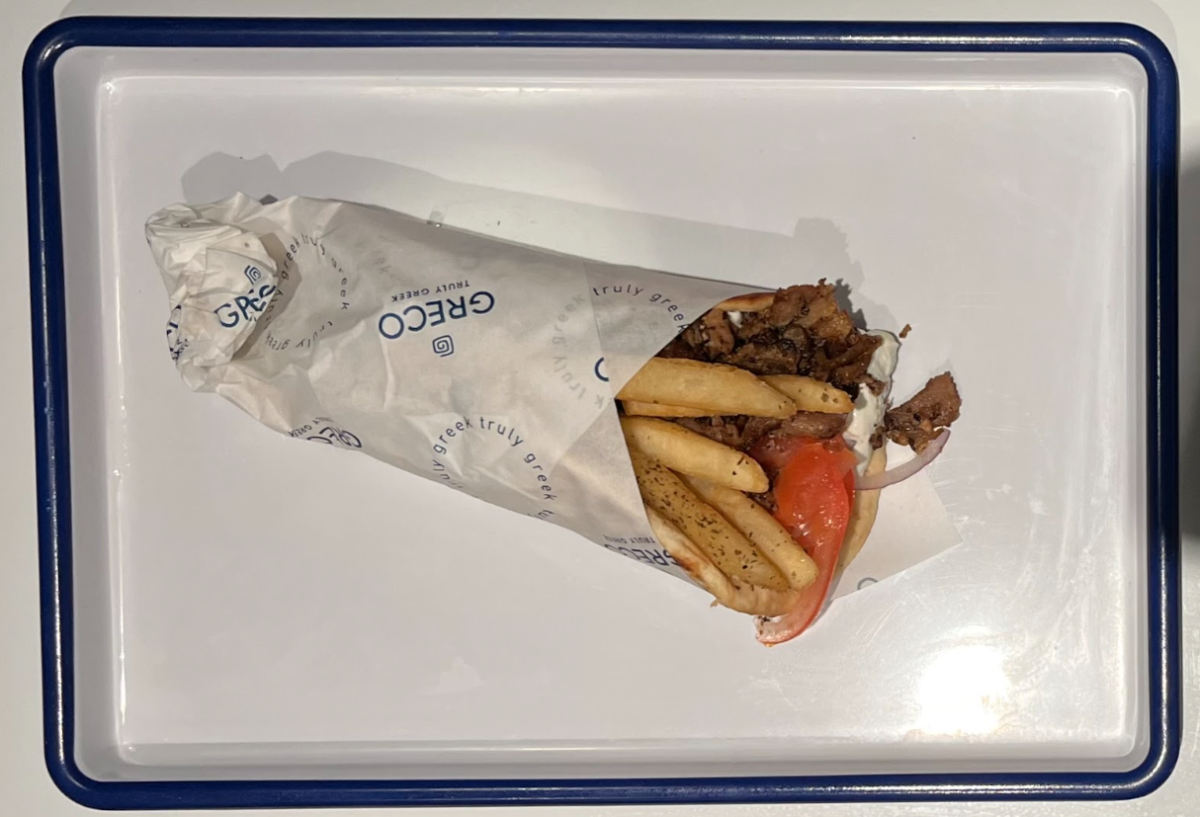Ditch your Top Ramen dinner for a night and try out the newly-opened Menya Hosaki in Petworth.
At 845 Upshur St. NW, the restaurant is an eight minute walk away from the Georgia Ave-Petworth Metro station on the Green and Yellow lines. Menya Hosaki currently offers limited outdoor patio seating and takeout due to the COVID-19 pandemic, and it’s not available on a delivery app.
You should be in the mood for ramen if you plan to check out this new establishment — it’s the only option on the menu. Seoul, South Korea-native Eric Yoo was trained at New York City’s late Ramen Shack, so the chef’s eight varieties of ramen are made to impress your taste buds.
The restaurant is not open every day of the week. Menya Hosaki serves dinner between 4:30 and 9 p.m. Wednesday through Saturday and is only open for lunch on Saturday between 11:30 a.m. and 2:30 p.m.
I opted to dine-in early at the restaurant’s back-patio, fit with gas heaters to stay warm. By 5 p.m. three of the five tables were already occupied, so I would recommend adding yourself to a waitlist beforehand on the restaurant’s website.
Both the inside and outside of Menya Hosaki are chic and minimalist, complete with a small sign on the front door and a Japanese lantern that sits by the window. Inside, you could watch the chef prep meals from your table in a post-COVID world.
Menya Hosaki uses three main broths to make its rich noodle soups: a chicken-based broth called chintan, a milky-like tonkotsu made from pork bones and the typical kelp and dried fish dashi stock. All of the bowls are topped off with scallions, seaweed, bamboo shoots, pickled ginger, egg and thick cuts of chashu pork belly.
For a taste of every broth, opt for the “Triple Threat” ($18). Or, if you’re looking for a restaurant classic, order the shoyu-style ($15), which includes a combination of both the dashi and chintan broths. Vegetarians and vegans can also comfortably dine at Menya Hosaki – chefs use an almond-milk broth alternative for a mild, classic broth and spicy tantan men, which are both topped with sauteed mushrooms.
Knowing I wanted something with a bit of heat, I settled on the spicy version of the tonkotsu ($17).
The rich, creamy broth bursted with umami from the bone marrow, while the noodles were dense enough to suck up even more of the broth. The pork belly was tender and fatty, and the few bits of raw scallion added a delicious zing.
I washed down my mean with Kyoto yuzu ale ($10), a Japanese beer that pairs well with spicy dishes. The restaurant’s drink list isn’t extensive, but it offers a solid collection of Japanese and sakes, a variation of Japanese liquor.
Now that I’ve savored one bowl, I am bound to try out Menya Hosaki again and savor the restaurant’s other specialty noodle soups.







